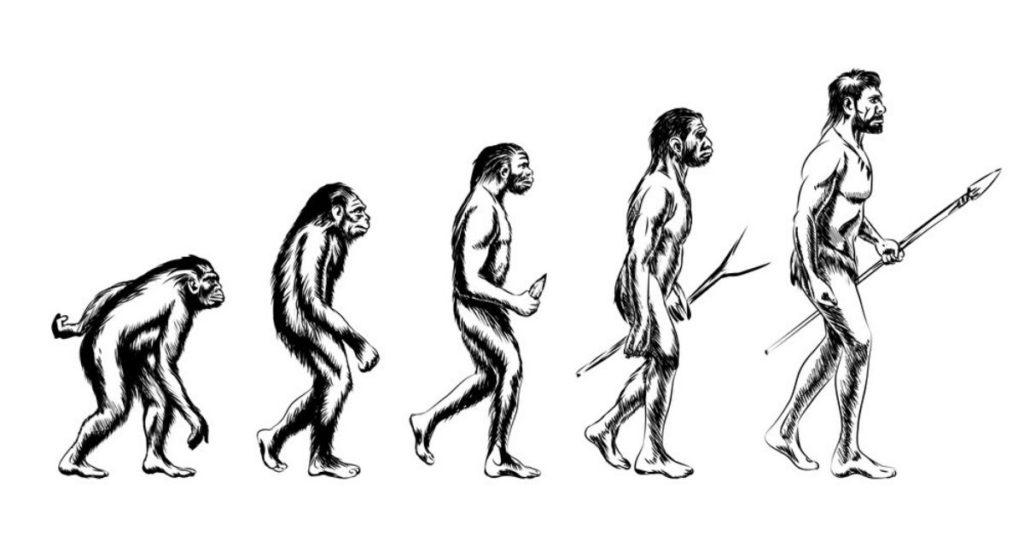
Instead of re-examining their dating methods and timelines, evolutionists assume these footprints belonged to ape-like human ancestors. In fact, the only reason evolutionists don’t think they belonged to humans is that they’re too old. So what does this tell us about Lucy? That she was most likely a chimpanzee, not a human-ape hybrid! Did Lucy Walk Like Us?Įvolutionists also believe Lucy walked like a human because of fossilized footprints found at Laetoli in Tanzania in 19, which look just like human footprints. Humans, as you know, aren’t known to live in trees like apes. And in the plains of Africa, where she was found, trees are one of the only tall objects she could’ve fallen from. Instead, they appeared to be the result of a fall. After all, her bones didn’t appear to be trampled or crushed. Their conclusion? She likely died from falling out of a tree. And if she spent so much time walking, then she had to be connected to humans! Right?Ī team of researchers in Texas used high-resolution CT scans to analyze Lucy’s skeleton.

THE MISSING LINK BETWEEN HUMANS AND APES FULL
After all, the skeleton is in fragments, meaning it’s hard to tell just how long her limbs were and what her full skeleton looked like.īecause of that, scientists focus on another aspect to answer the debate: How much time did Lucy spend in trees? Evolutionists believe that the shape of Lucy’s big toe indicates she most likely walked upright on two feet. Looking at the skeleton alone, the answer isn’t so cut and dry. Is Lucy a missing link between humans and apes? Or is she actually just a different kind of ape?


For over 45 years, the skeleton dubbed Lucy has been a topic of hot debate among evolutionists and creationists.


 0 kommentar(er)
0 kommentar(er)
